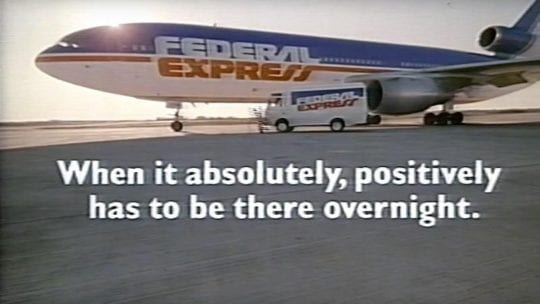
[Editor’s Note: We asked Jamie Mustard, author of “The Iconist, the Art and Science of Standing Out,” (BenBella Books, 2019) to discuss standing out in a crowded market.]

The most significant PR challenge of our time is overcoming the scarcity of attention from potential customers.
Bombarded relentlessly with information, a deluge of products and services, and too many unsubstantiated claims, potential customers have tuned out, and become all but unreachable. Now resistant to communication, they can’t process 5 percent of what is thrown at them, maybe even less.
In 1998, researcher Linda Stone coined the term “continuous partial attention.” It describes how most of us are so distracted by all of the advertising and messaging constantly bombarding us. As a result, we only partially pay attention to anything.
At the time of Stone’s concept, the internet was not yet in full swing and social media was decades away. Let that sink in for a moment.
Today, the digital interaction we experience includes responding to email and Slack, Facebook, Twitter, Instagram, WhatsApp, Pinterest, Snapchat, text messages, mobile calls, etc. This is reality. We are beginning to realize the effects of the overwhelming messaging assault it brings.
How to Overcome Lack of Attention
Unfortunately, the scarcity of attention is crippling the efforts of some businesses to grow and expand.
There is a solution, however, and it is radically simple, even if it seems a bit counterintuitive.
- The PR/marketing message must be simple, clear and credible. Still it must be big and bold enough to hit the prospect between the eyes and lodge in her/his mind instantly.
- The message must penetrate the prospect before she/he even has a chance to process it. If not, the prospect will move to the next website and another company.
- After the message’s initial penetration, the next step for marketers is to repeat the message relentlessly, like a drum. It must be a never-ending mantra, at every contact point with the customer. Only then, will the message cut through the scarcity of attention and become an identifiable, even defining narrative for the company.
Without this chorus effect and a clear, credible message, no one will believe it. Unless well-respected voices in a particular industry are saying the exact same thing at the exact same time, the message will not cut through in a world overloaded with too much messaging.
Where Some Go Wrong/How to Fix it
Unfortunately, many companies lose the battle because the message is overly complicated, unfocused and delivered with little or no repetition. Here are several concepts that can provide an immediate business advantage over your competition when you are vying for the attention of potential new customers:
- Instead of creating several messages, businesses should identify and lead with ONE thing. It should be an intersect point between your offering and your potential customer’s greatest need. Find it, and distill it down to a single, punchy, bold point. I like to call this a Block.
- Then communicate it with a large, single image or oversized lettering. Overly large, singular images or massive, oversized words — like road signs — command attention. Create a visual or conceptual road sign out of your message at every point of customer contact. This bold, monolithic way of communicating is transparent and carries conviction, which in turn will create instant credibility.
The FedEx Example
An example of the difference between a Block and a slogan (a slogan is a weak and desperate attempt to create a Block) is the famous Federal Express (now FedEx) late 1970-early 1980 ad campaign, “When It Absolutely Positively Has To Be There Overnight.”
In the days before FAX machines and the internet, FedEx repeated this statement loudly and boldly everywhere. It resonated. This statement is based on a desired need, not a slogan. Forbes named it one the most successful ad campaigns of all time.
If you create a road sign and get it right in terms of the message — remember, it is about your customers’ needs and what they care about — you will lock attention and successfully pull your audience into the full capacity of what you do. Once your audience locks onto something simple, it will engage with the more intricate aspects of your offering.
Force it Into the Customer’s Mind
The primal law at work here is the bold singularity of your message. Again, it is based on what that audience cares about and is repeated mercilessly at every opportunity.
This grabs attention, eliminates any competition for attention surrounding it, and reflexively, mechanistically forces it into the mind of any onlooker.
After all, you only have an instant to grab a prospect’s attention or you may lose them forever.
CONTACT: cchatman@powerpr.com
